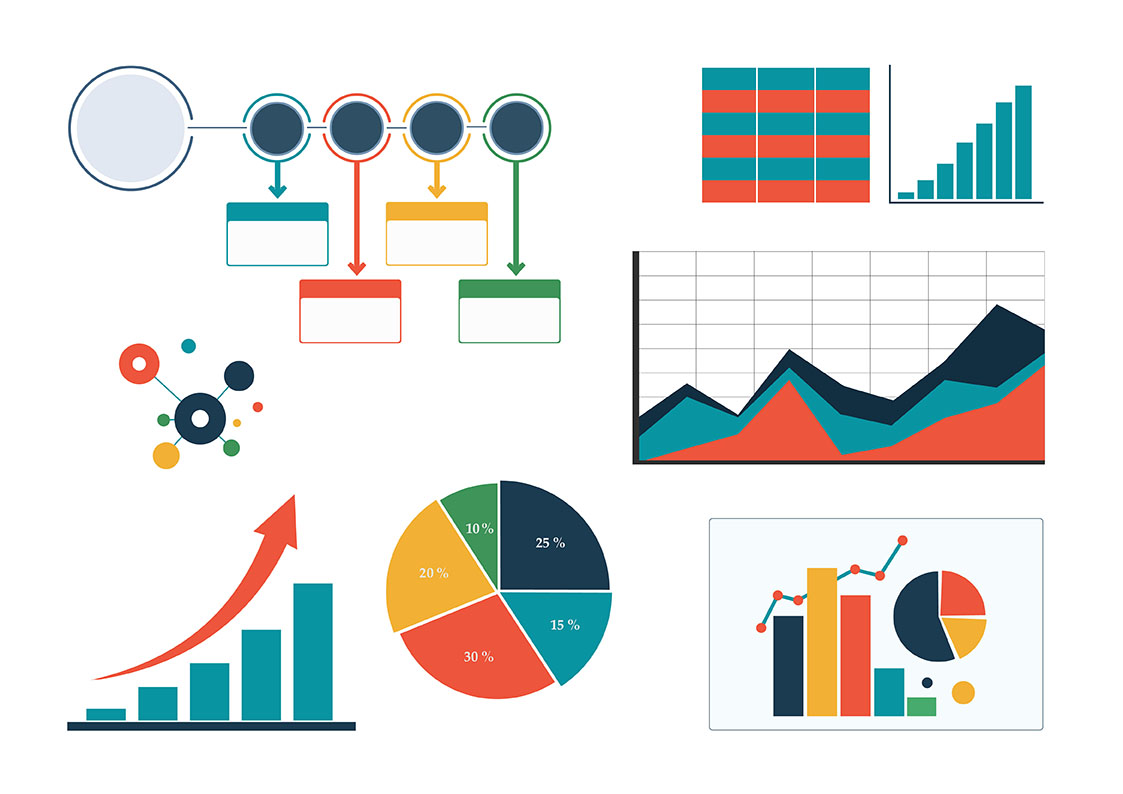

A graph is a picture that shows how two or more things are related. For example, you could make a graph to show how the temperature changes over time, or how the height of a plant changes over time.
Graphs have two parts: the x-axis and the y-axis. The x-axis is usually the horizontal line, and the y-axis is usually the vertical line. The numbers on the x-axis tell you what the value of the first thing is, and the numbers on the y-axis tell you what the value of the second thing is.
The points on the graph show you how the two things are related. For example, if you were making a graph to show how the temperature changes over time, you would put the time on the x-axis and the temperature on the y-axis. Then, you would put a point on the graph for each time and temperature that you measured.
Graphs are a great way to show how things are related. They can be used to show trends, compare different things, or make predictions.
The graph shows the relationship between temperature and pressure.

Noun: graph.
Adjective: graphical.
Verb: to graph.
Synonym: chart, diagram.
The word "graph" comes from the Greek word "graphein", which means "to write" or "to draw". The word was first used in English in the 17th century to refer to a diagram or chart that shows the relationship between two or more variables.
What is a graph useful for?